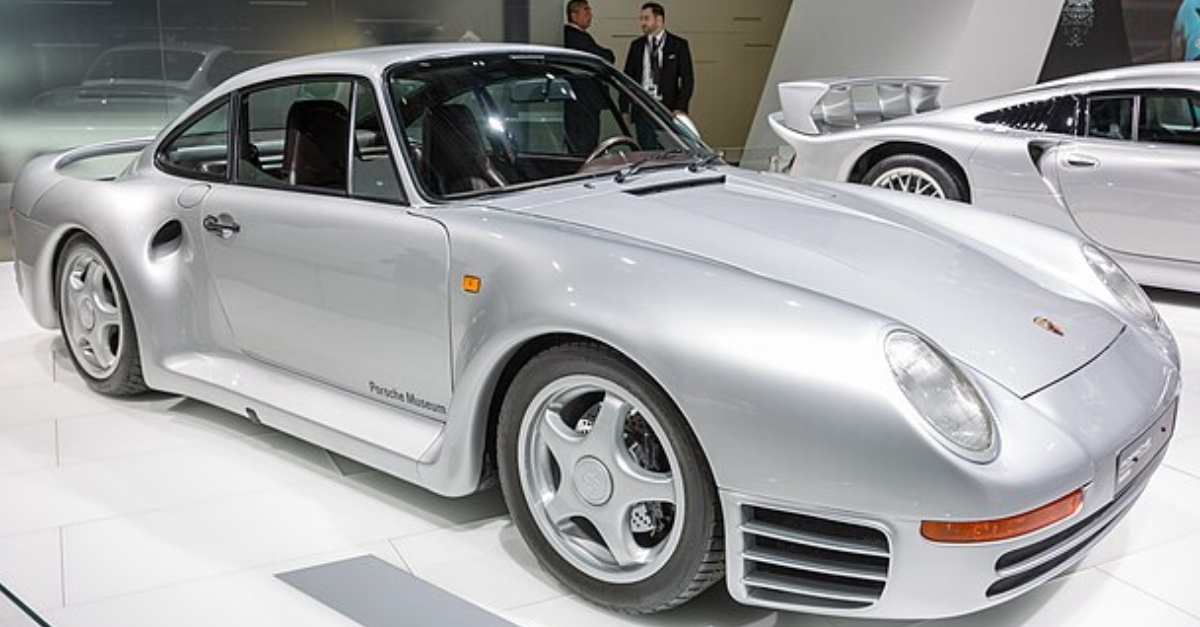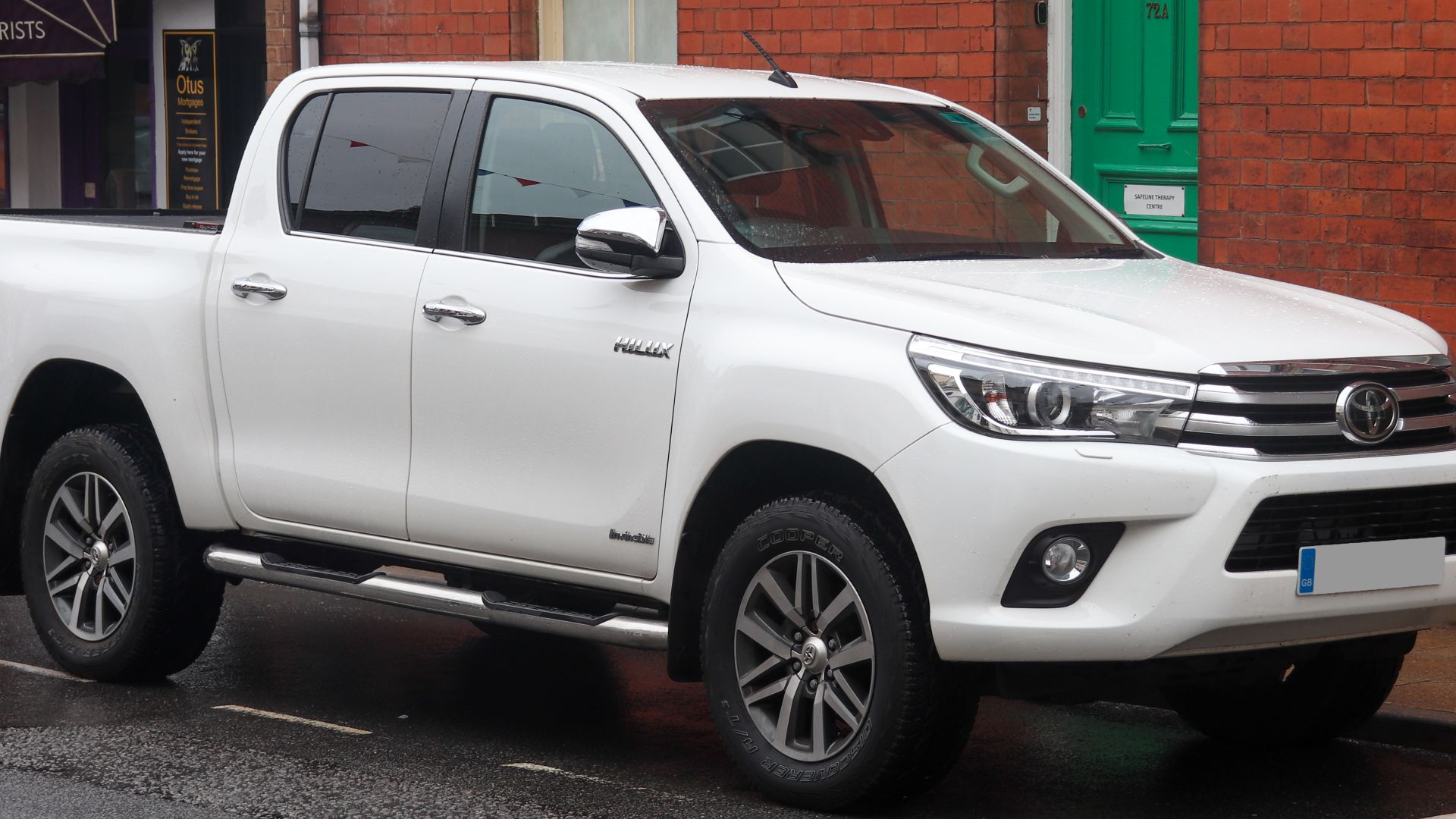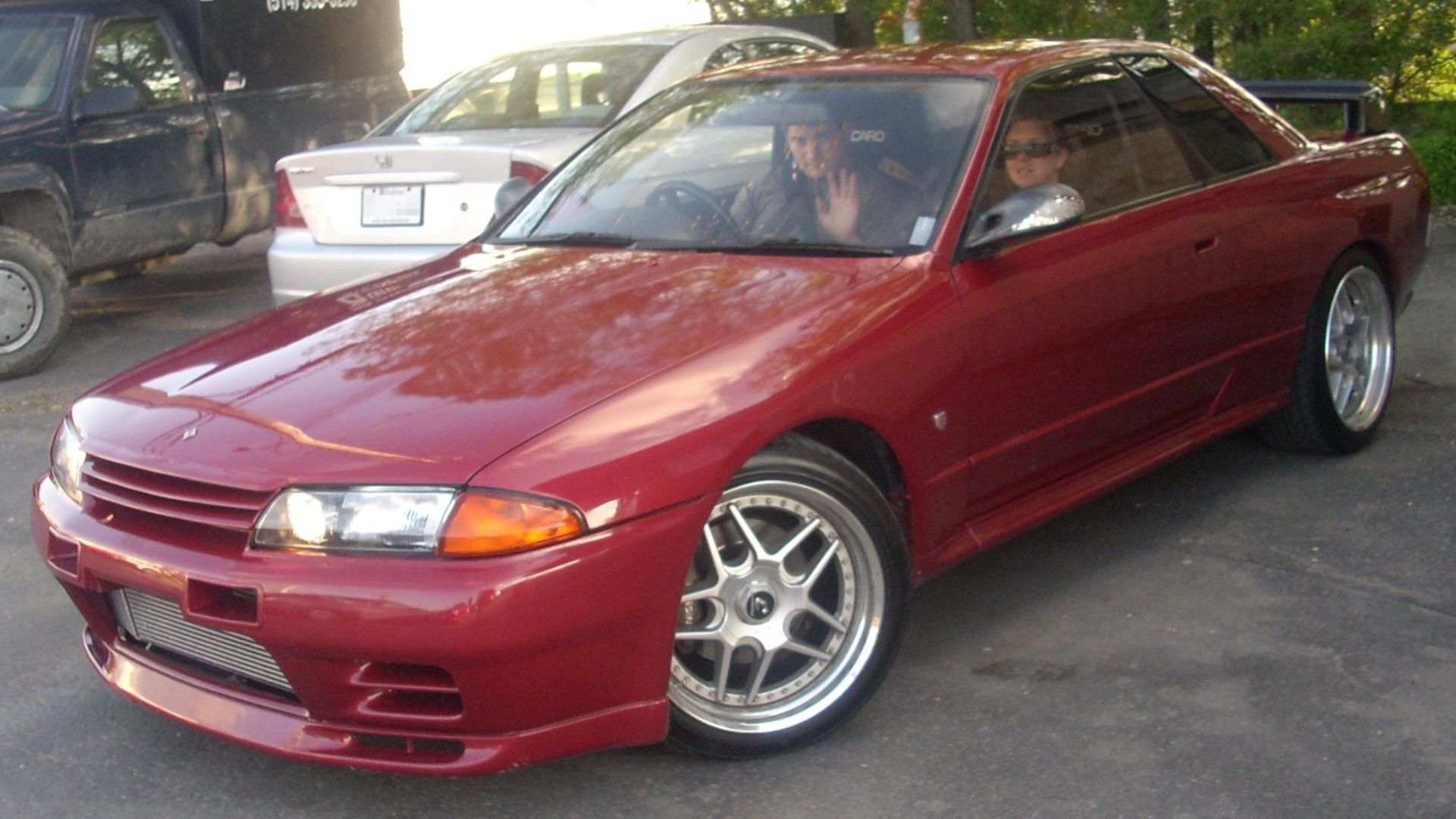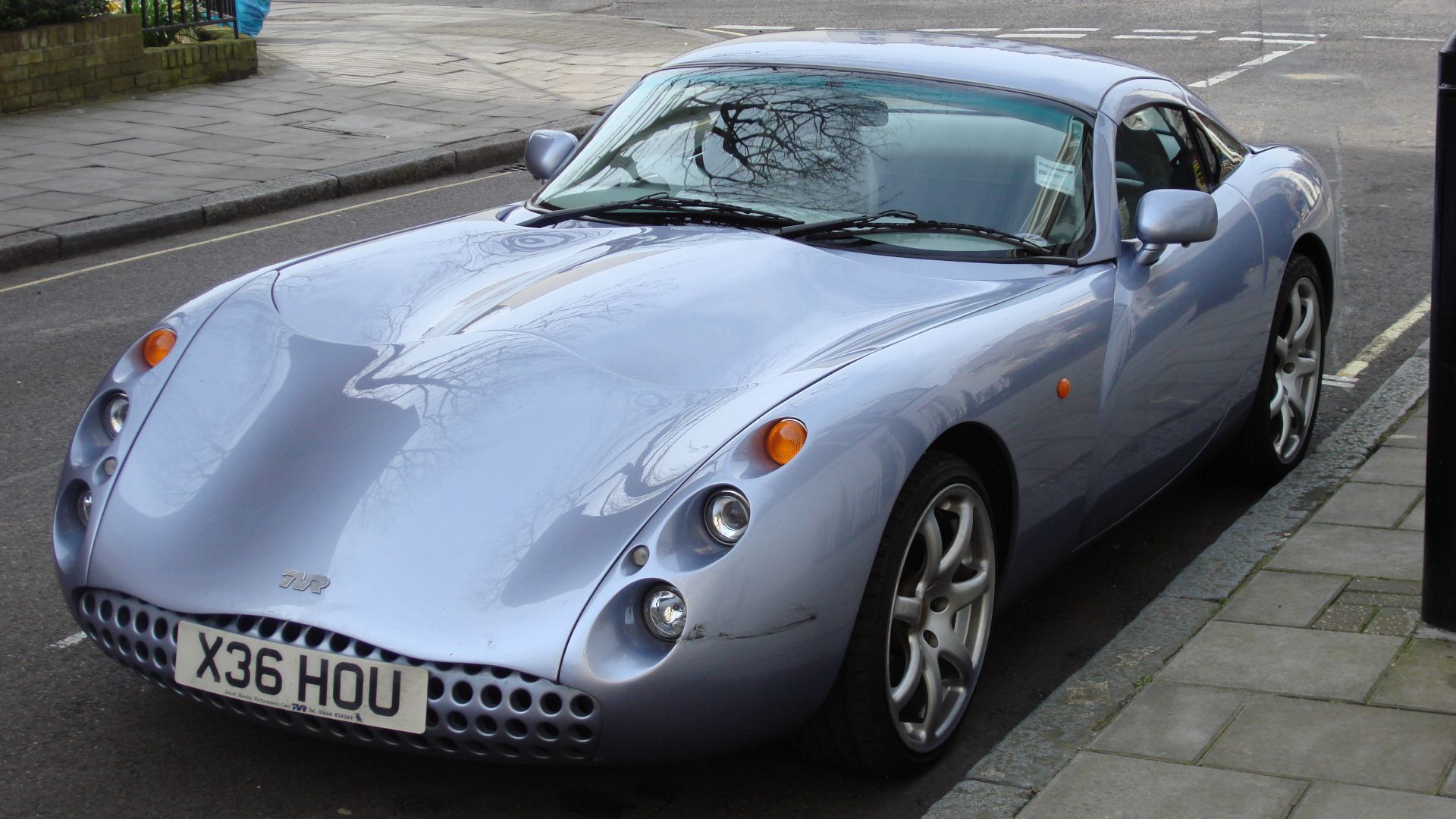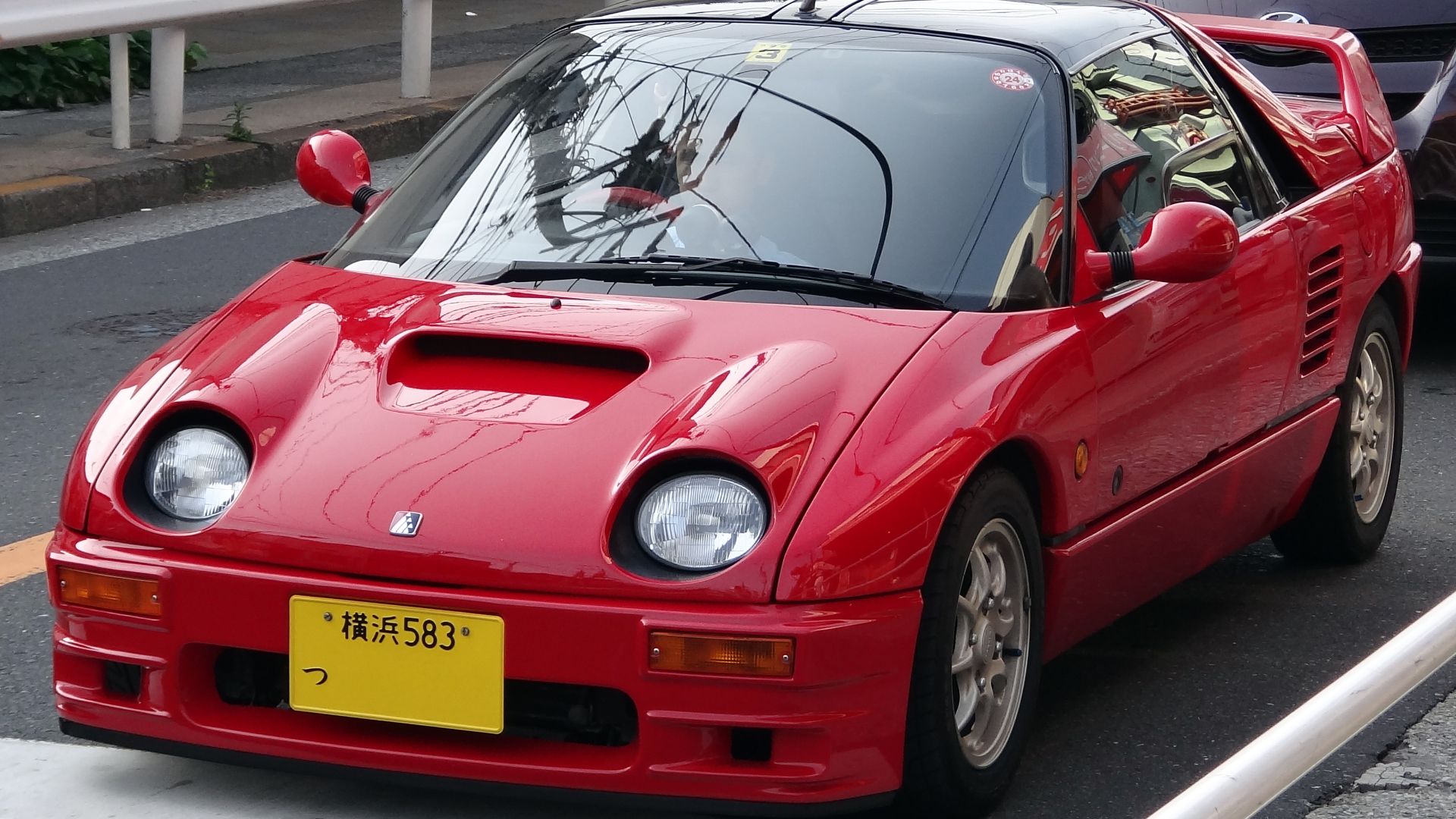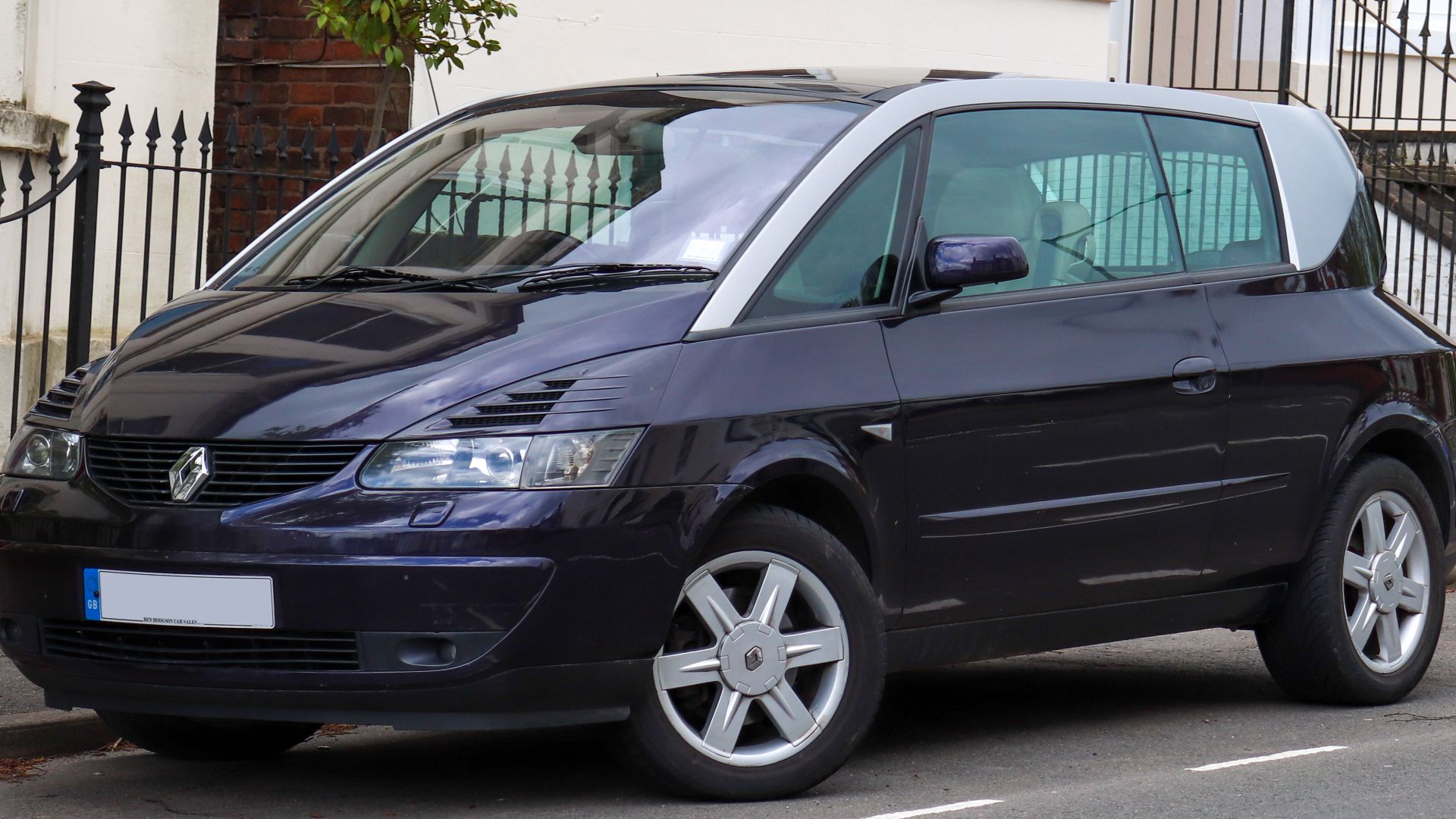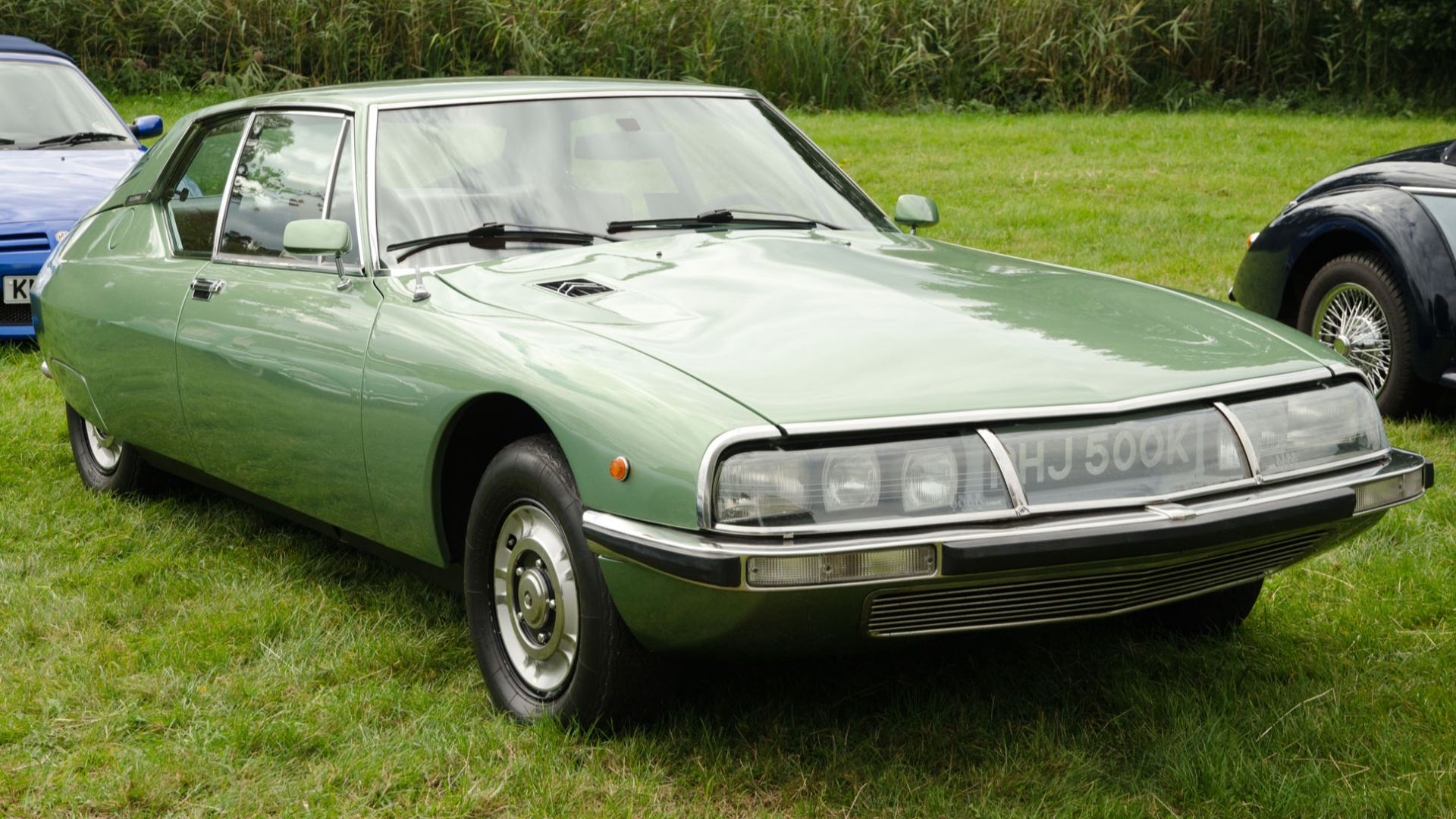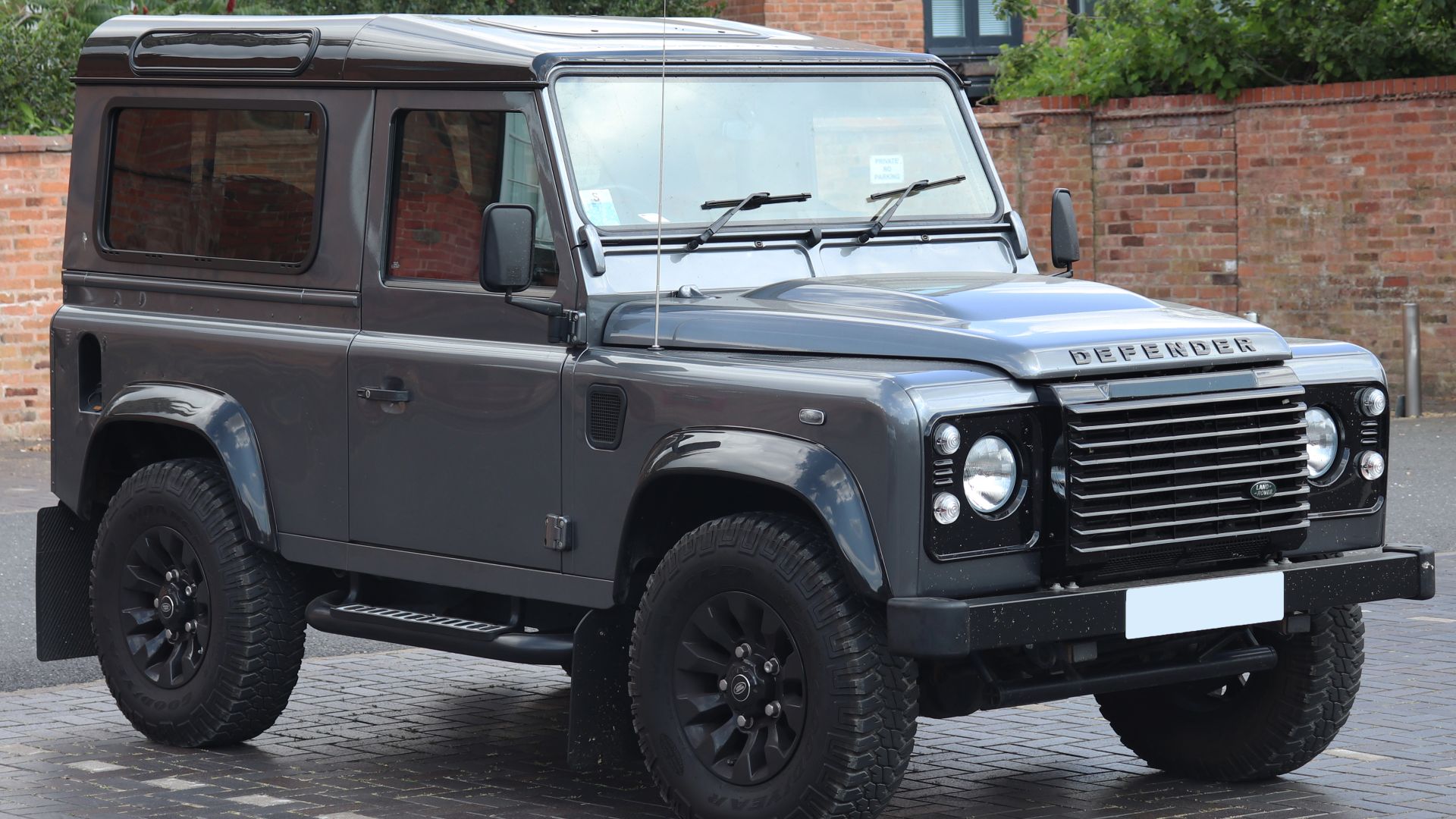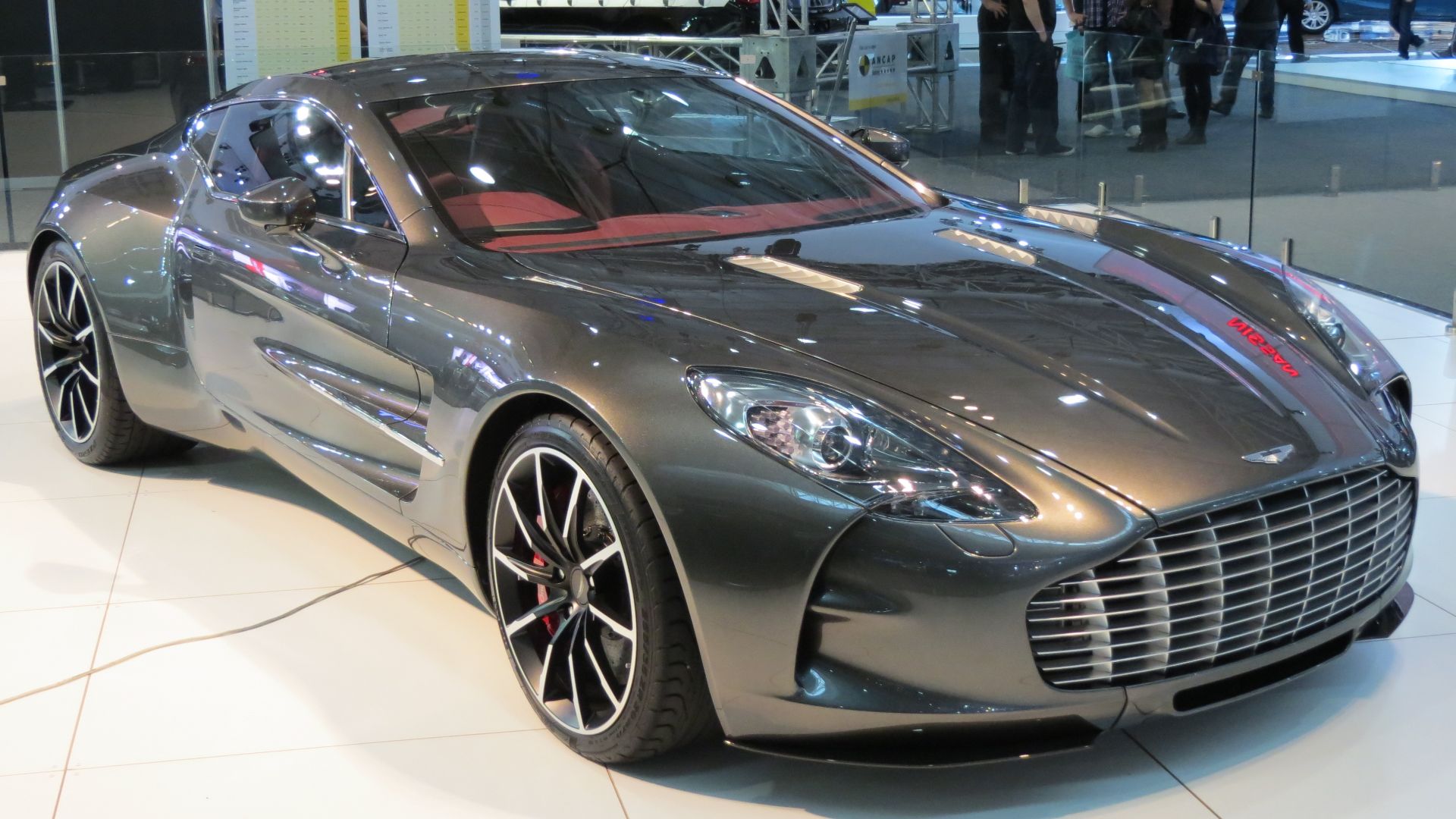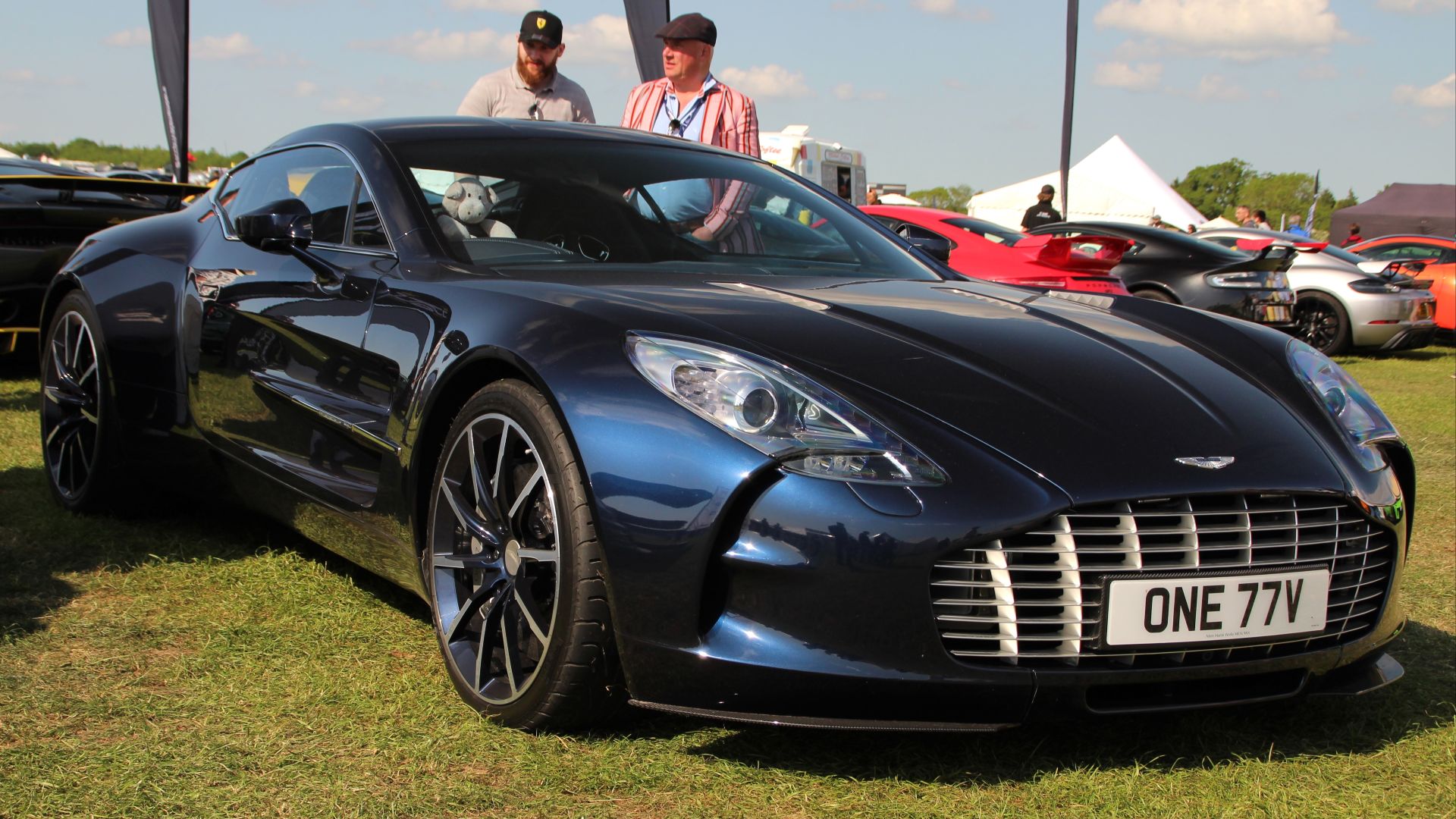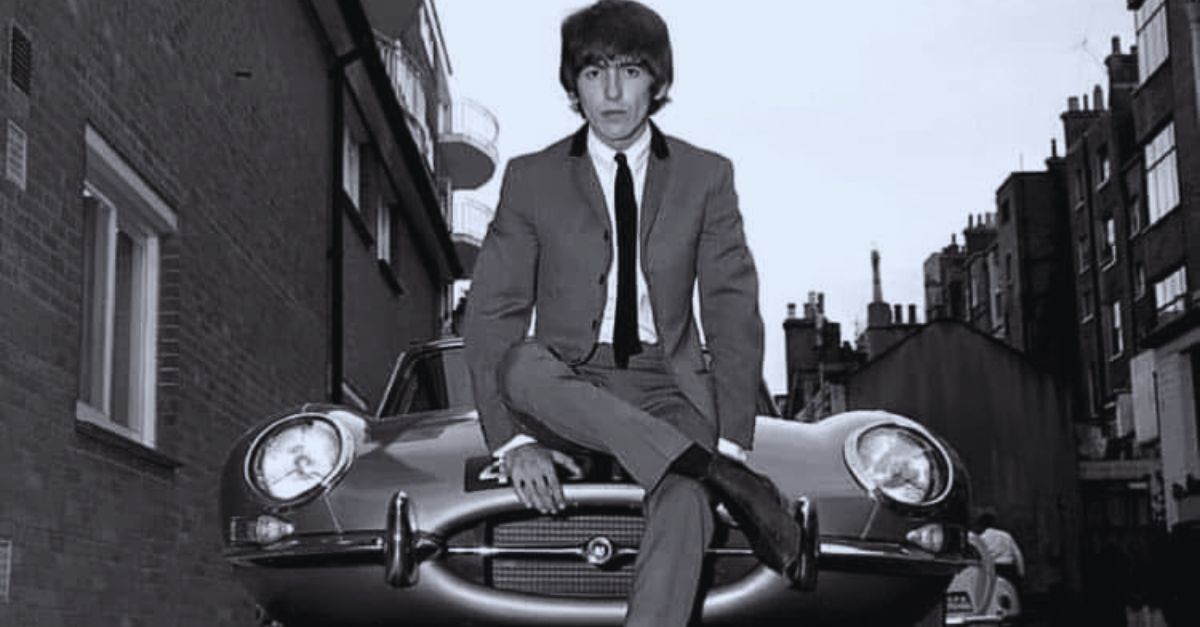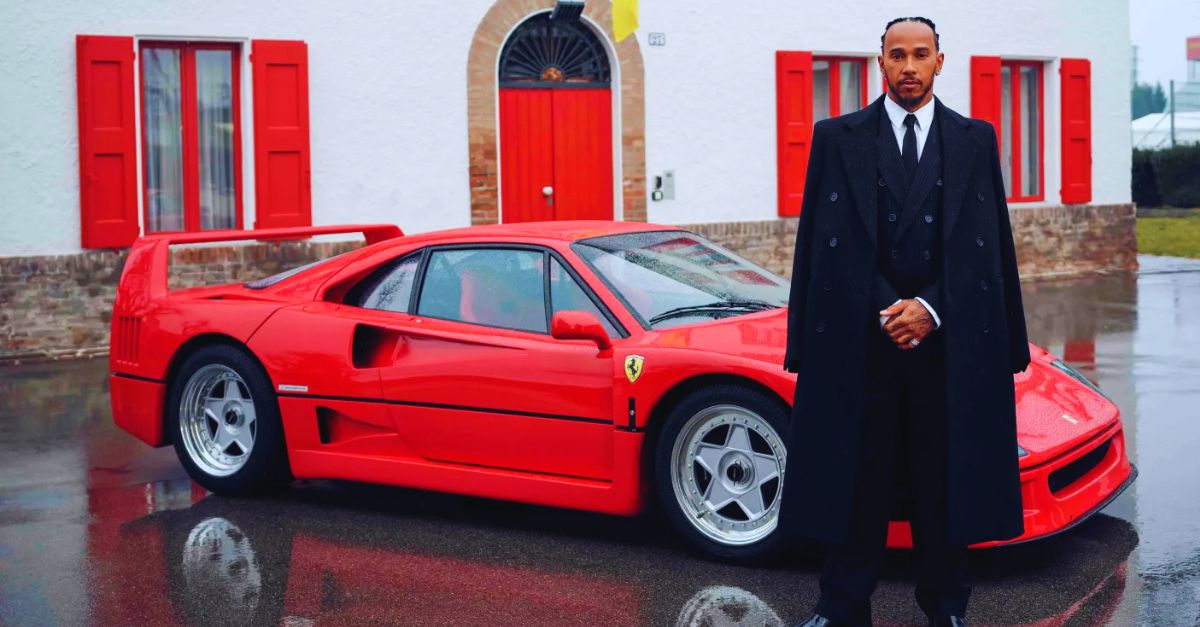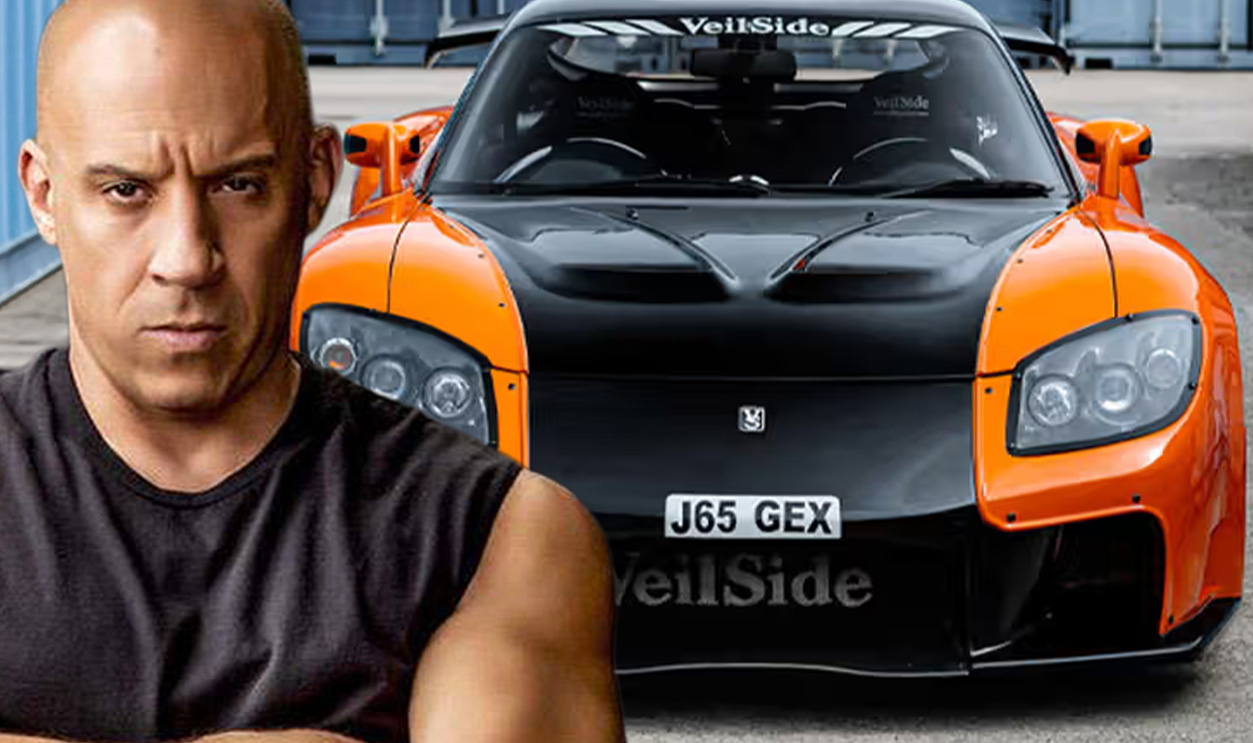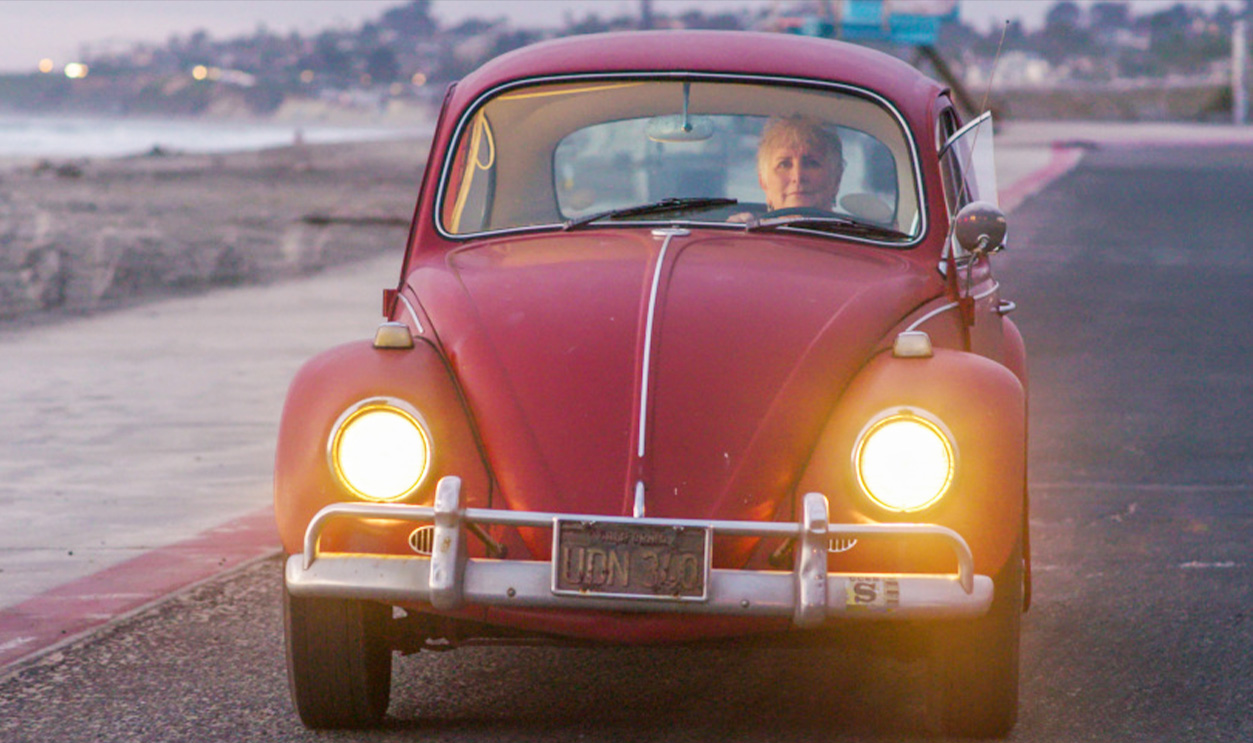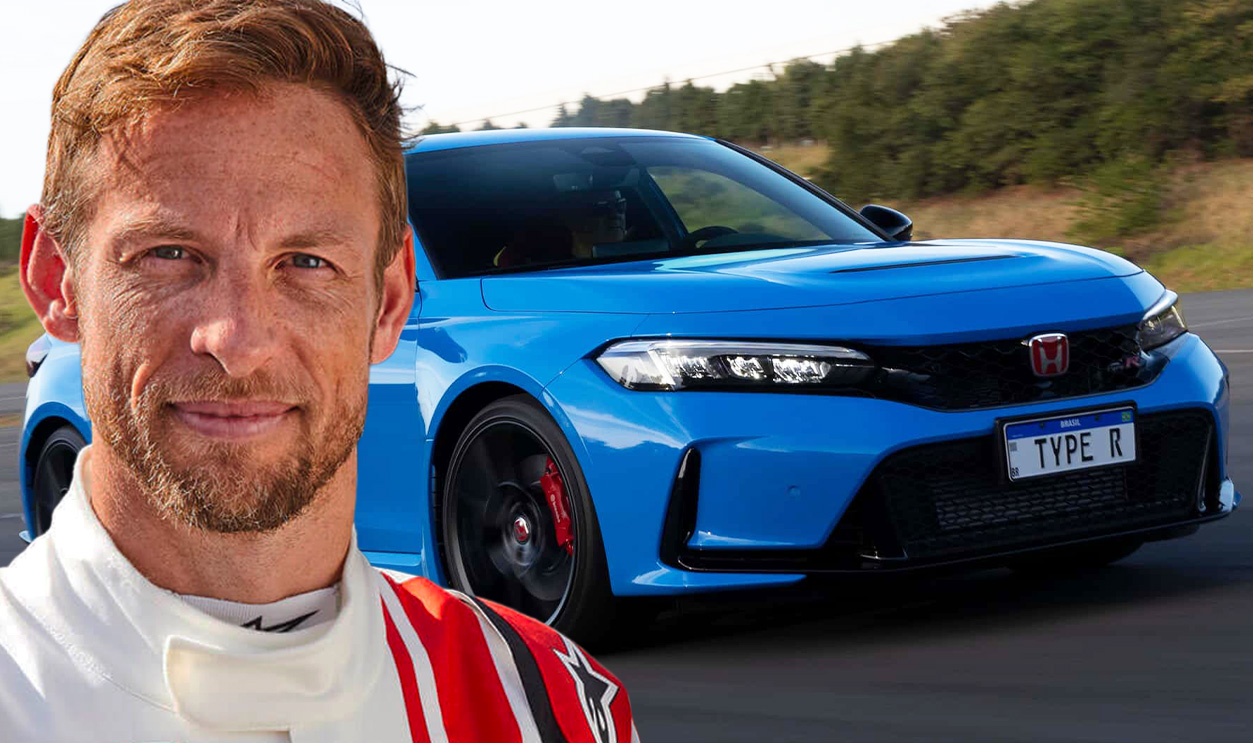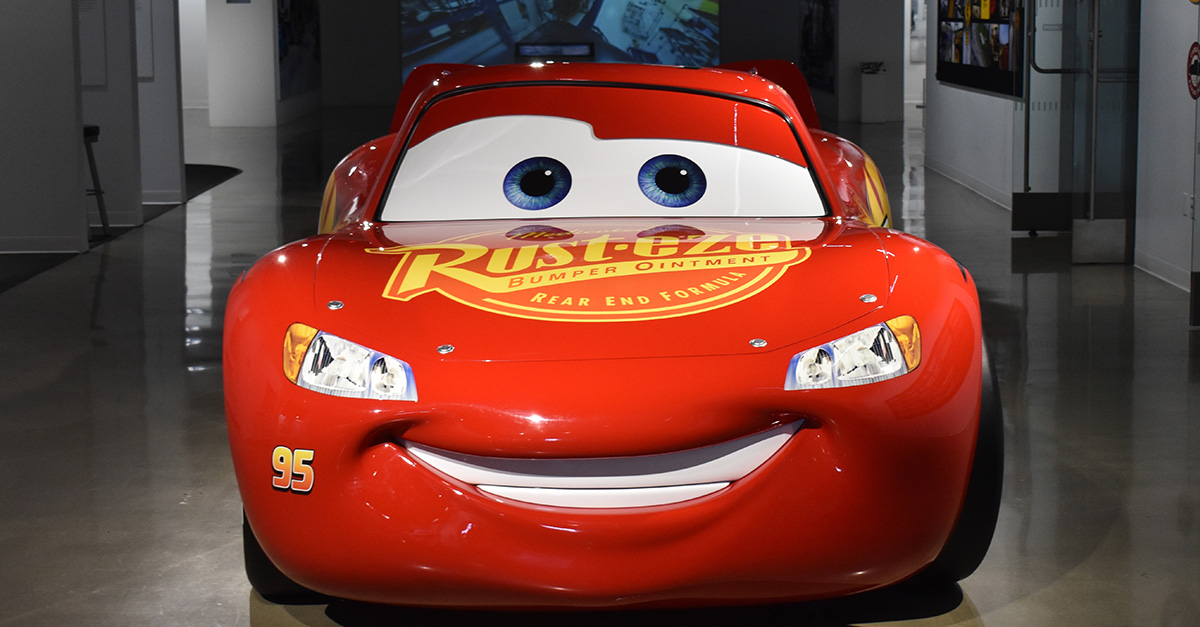The Cars You Can’t Have (But Wish You Could)
Ever spot a wild car online and think, “Why don’t we have those here?” The truth is, plenty of vehicles roam the streets abroad that Uncle Sam has declared off-limits. From quirky city runabouts to jaw-dropping supercars, strict U.S. rules on safety, emissions, and even headlight design keep them from ever reaching our driveways. Here are some of the most fascinating cars you can find elsewhere—but not in America.
Porsche 959
The Porsche 959 was a 1980s technological marvel, with twin turbos and computer-controlled all-wheel drive. But U.S. regulators weren’t impressed—it failed emissions and crash tests. Collectors like Bill Gates had to wait until the Show or Display rule let them import it, with restrictions. Ironically, the 959 later influenced cars that were legal here.
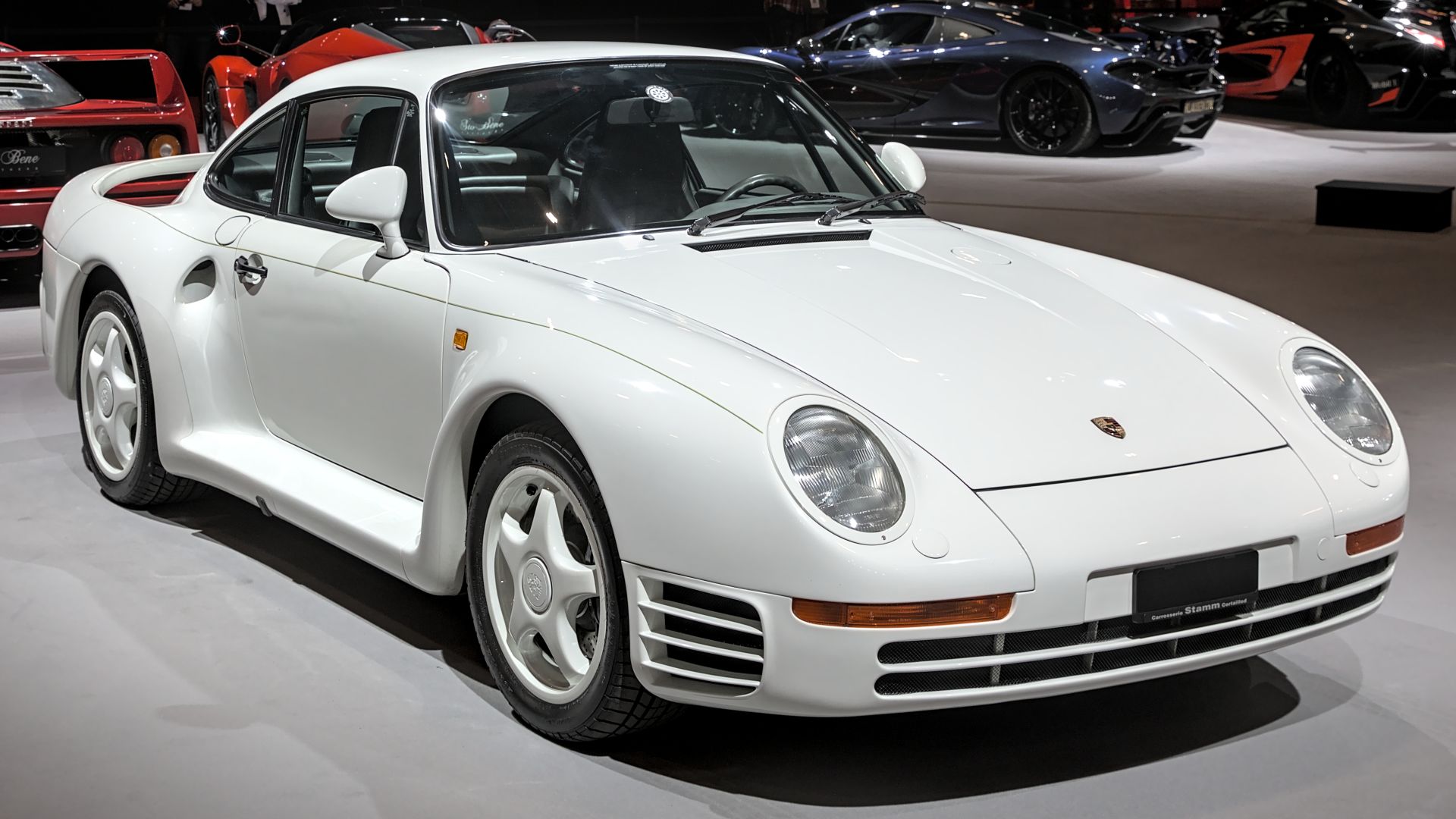 Alexander-93, Wikimedia Commons
Alexander-93, Wikimedia Commons
Toyota Hilux
One of the toughest trucks on Earth, the Toyota Hilux is beloved worldwide—but Americans can’t buy it new. The culprit? Emissions standards and the dreaded Chicken Tax on imported trucks. Instead, we get the Tacoma. Ironically, the Hilux is famous for being virtually indestructible, even surviving Top Gear torture tests. Too dirty for U.S. emissions, too cool for us to have.
Nissan Skyline GT-R R32
The R32 Skyline—aka “Godzilla”—was a Japanese legend, but the U.S. barred it due to safety and emissions rules. It didn’t meet federal crash standards, and Nissan never bothered certifying it. Enthusiasts spent years finding loopholes to import them. Today, the R32 has aged past the 25-year import rule, finally making it road-legal.
TVR Tuscan
Another outlawed TVR, the Tuscan skipped basics like airbags and stability control. That made it a nonstarter in the U.S., where safety regulations are strict. Still, the Tuscan became a movie star in Swordfish and remains a symbol of Britain’s “build it wild, sell it fast” car culture.
Honda Beat
Japan’s kei cars rarely come stateside, and the Honda Beat is a prime example. This pint-sized roadster was too small to meet U.S. crash regulations. Despite its tiny three-cylinder engine, it’s a riot to drive. Thanks to the 25-year rule, enthusiasts can finally import one—but only after decades of waiting.
 Guyon from Richmond, VA, United States of America, Wikimedia Commons
Guyon from Richmond, VA, United States of America, Wikimedia Commons
Lotus Carlton
This Vauxhall-badged Lotus was a 1990s sleeper sedan with 377 horsepower and 170-mph potential. The problem? It broke speed limits so thoroughly that the U.K. considered banning it outright. In the U.S., import laws kept it out. Even today, it’s a rare beast Americans rarely get to experience.
 Cars That Made The 90s - Vauxhall Lotus Carlton, Influx
Cars That Made The 90s - Vauxhall Lotus Carlton, Influx
Citroën DS
The Citroën DS was one of the most advanced cars of its era, with swiveling headlights and hydraulic suspension. But U.S. headlight rules banned its covered lenses, forcing Citroën to sell a less-cool version here. Later DS models never arrived at all, leaving Americans with just a taste of what they missed.
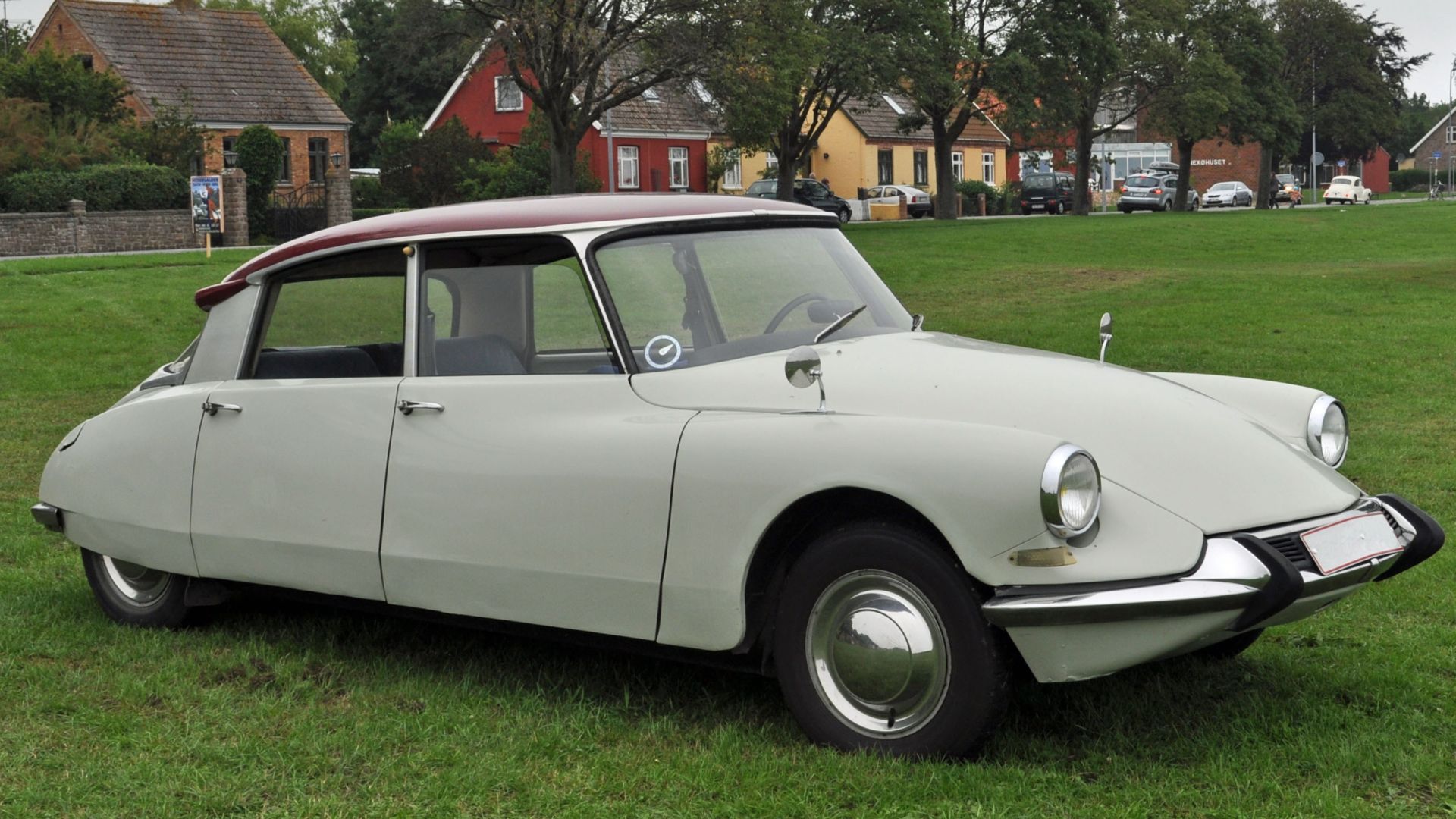 Klugschnacker, Wikimedia Commons
Klugschnacker, Wikimedia Commons
Nissan Skyline GT-R R33
Slightly softer than the R32, the R33 Skyline GT-R still carried the forbidden fruit label in the U.S. Because of its production years, it wasn’t eligible for legal import until recently. Before then, only a handful got in through Show or Display permits. For years, R33 fans looked longingly across the Pacific.
 Nissan Skyline GT-R R33 – The Most Underrated JDM Legend!, azizdrives
Nissan Skyline GT-R R33 – The Most Underrated JDM Legend!, azizdrives
Nissan Skyline GT-R R34
Yes, one more Skyline. Perhaps the most famous of them all—thanks to Fast & Furious—the R34 Skyline GT-R was banned in the U.S. for decades. It failed crash tests and couldn’t meet emissions standards, so only a handful of “Motorex” imports slipped through before regulators shut the door. The good news? As of 2024, the 25-year rule finally made this JDM legend road-legal in America.
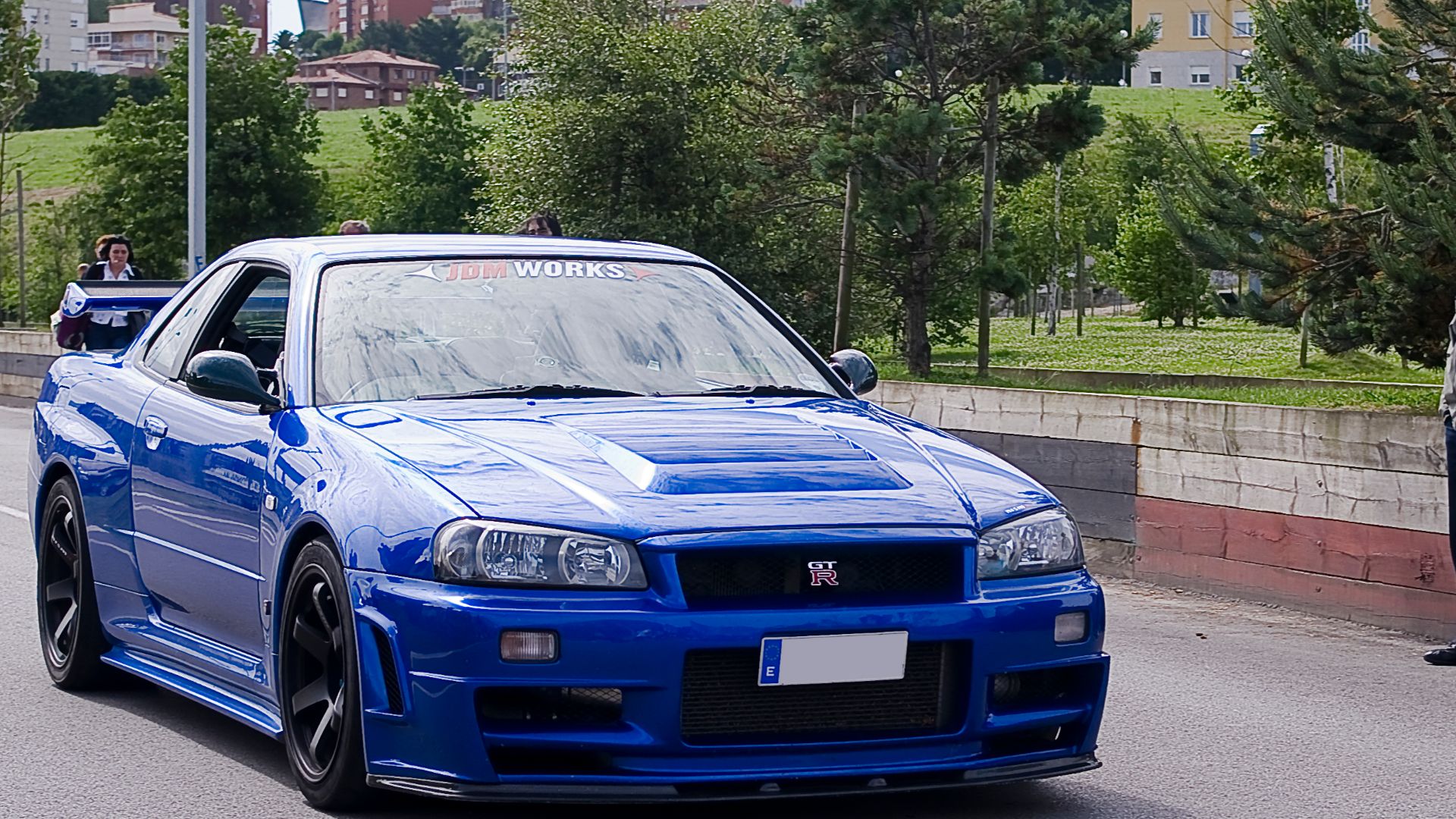 Spanish Coches, Wikimedia Commons
Spanish Coches, Wikimedia Commons
Autozam AZ-1
Mazda’s Autozam AZ-1 is part toy, part car, with gullwing doors and kei-car dimensions. In America, regulators saw it as unsafe. Abroad, it’s a quirky cult favorite. The AZ-1 proves not every banned car is a high-performance monster—sometimes, it’s just too weird for U.S. standards.
TVR Sagaris
British sports cars don’t come much wilder than the TVR Sagaris, with its outlandish styling and raw power. But TVR never bothered with U.S. crash tests or airbags. Without those, the NHTSA wouldn’t allow it on American roads. Abroad, it’s considered a cult classic; here, it’s just a dream.
 Alexander-93, Wikimedia Commons
Alexander-93, Wikimedia Commons
Renault Avantime
The Renault Avantime was a funky minivan-coupe hybrid with futuristic styling. While Europe got to enjoy its eccentric design, the U.S. never saw it. Not crash-tested, not EPA-certified, and not profitable enough to bother with, it was easier for Renault to stay away. Today, it’s a forbidden oddity.
Citroën SM
The Citroën SM followed the DS’s innovation streak with a Maserati engine and more radical tech. U.S. laws outlawed its headlight setup and crash safety failed to meet standards. Citroën eventually withdrew, leaving the SM as a European treasure Americans never got to fully experience.
Lotus Elise Series 1
When the original Lotus Elise launched in Europe, it was a featherweight masterpiece. Unfortunately, the U.S. said no—no airbags, no compliance. It wasn’t until later versions were redesigned for American rules that the Elise finally made it stateside. The Series 1 remains a forbidden gem for purists.
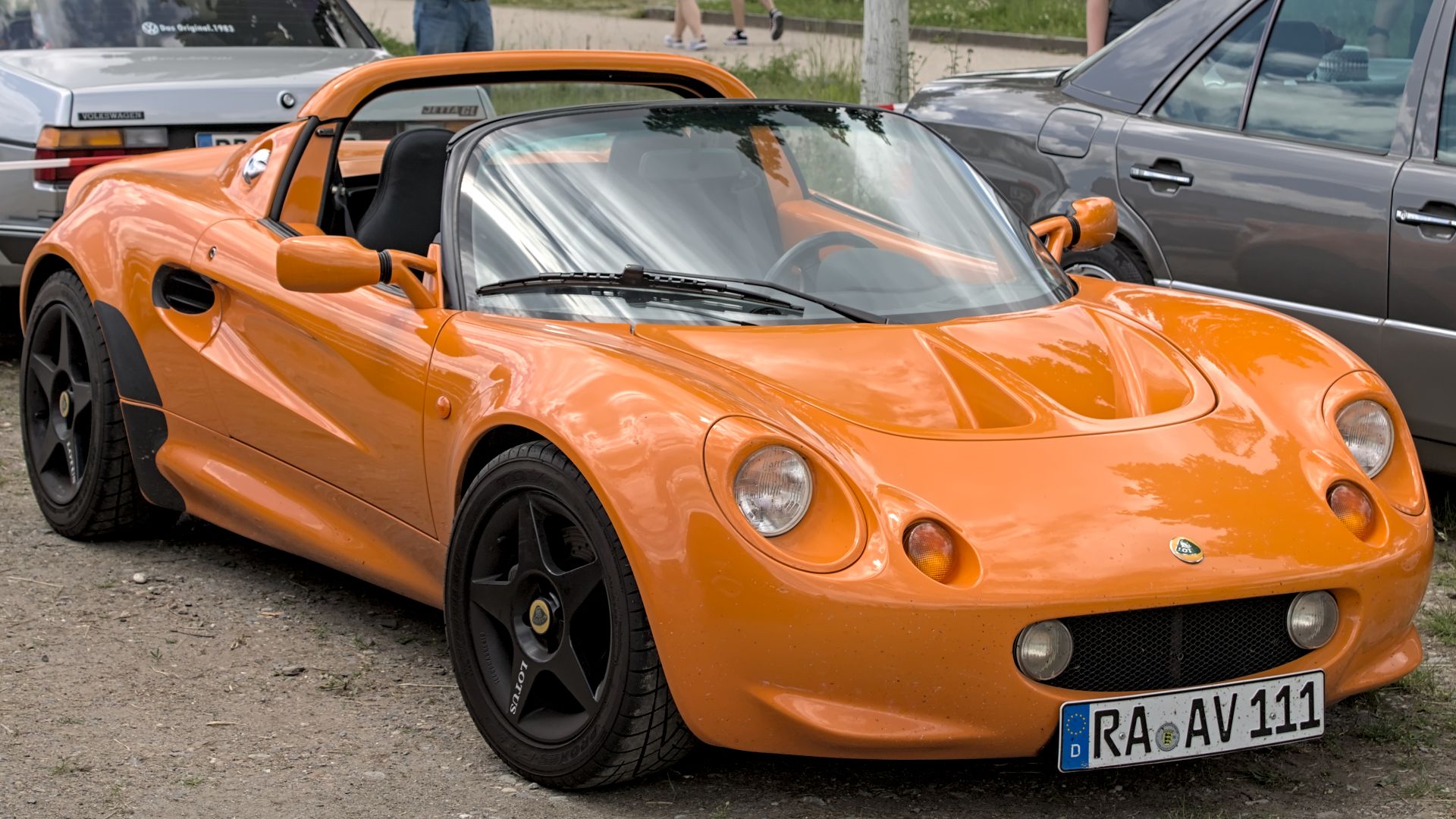 Alexander-93, Wikimedia Commons
Alexander-93, Wikimedia Commons
Mitsubishi Lancer Evolution IV–VI
Before the Evo VIII hit U.S. showrooms, earlier generations were off-limits. The Evo IV, V, and VI lacked EPA certification and didn’t meet crash standards. American rally fans drooled over magazine photos, while drivers abroad slid them around gravel roads legally. Only older imports now make them possible here.
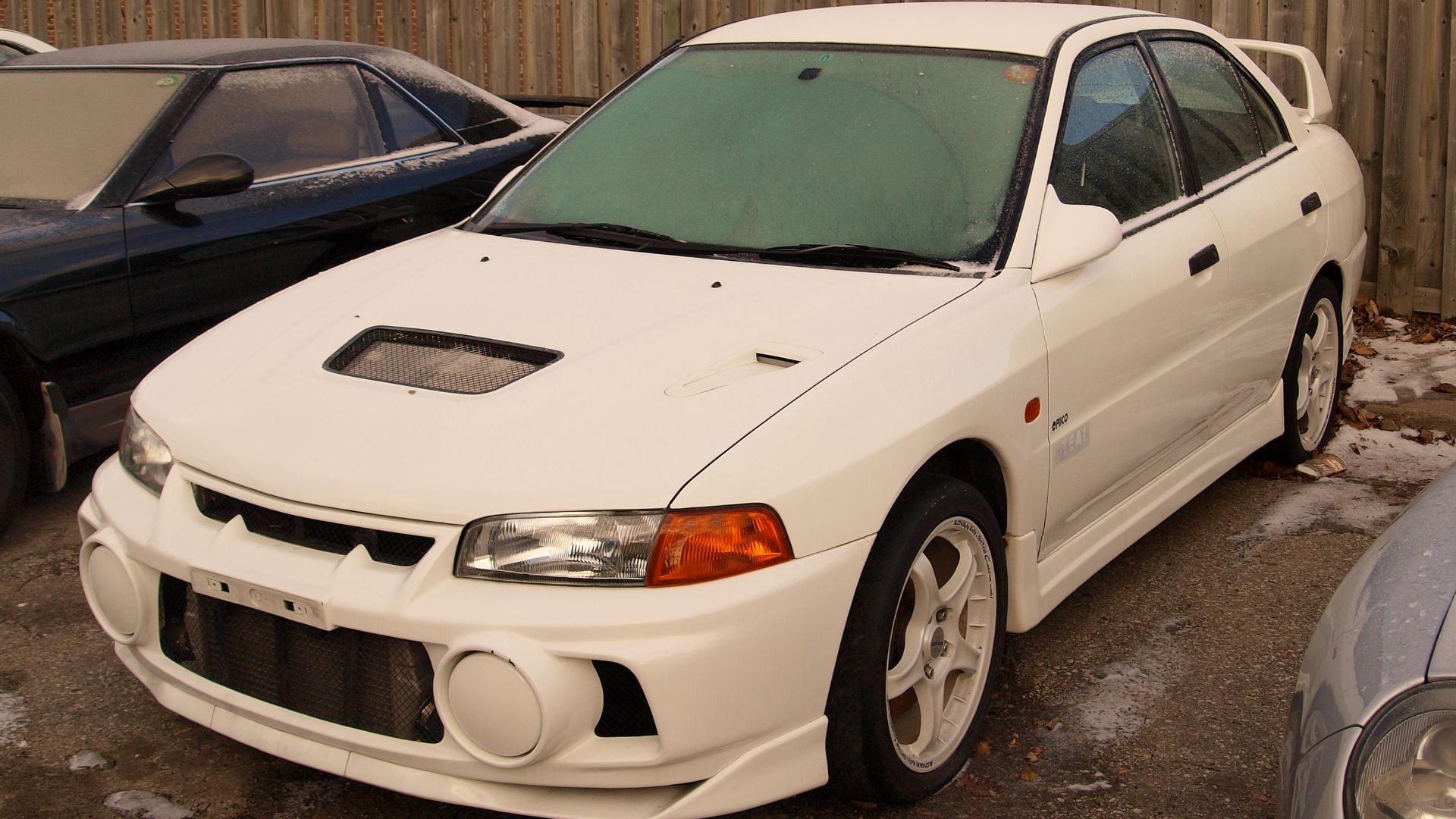 Michael Gil from Calgary, AB, Canada, Wikimedia Commons
Michael Gil from Calgary, AB, Canada, Wikimedia Commons
Peugeot 205 GTi
Europe’s answer to the hot hatch craze, the Peugeot 205 GTi was cheap, fast, and fun. In the U.S.? Off-limits. Peugeot left America entirely in the 1990s, and the 205 never met EPA or crash standards. Today, American enthusiasts pine for the car that defined “hot hatch” overseas.
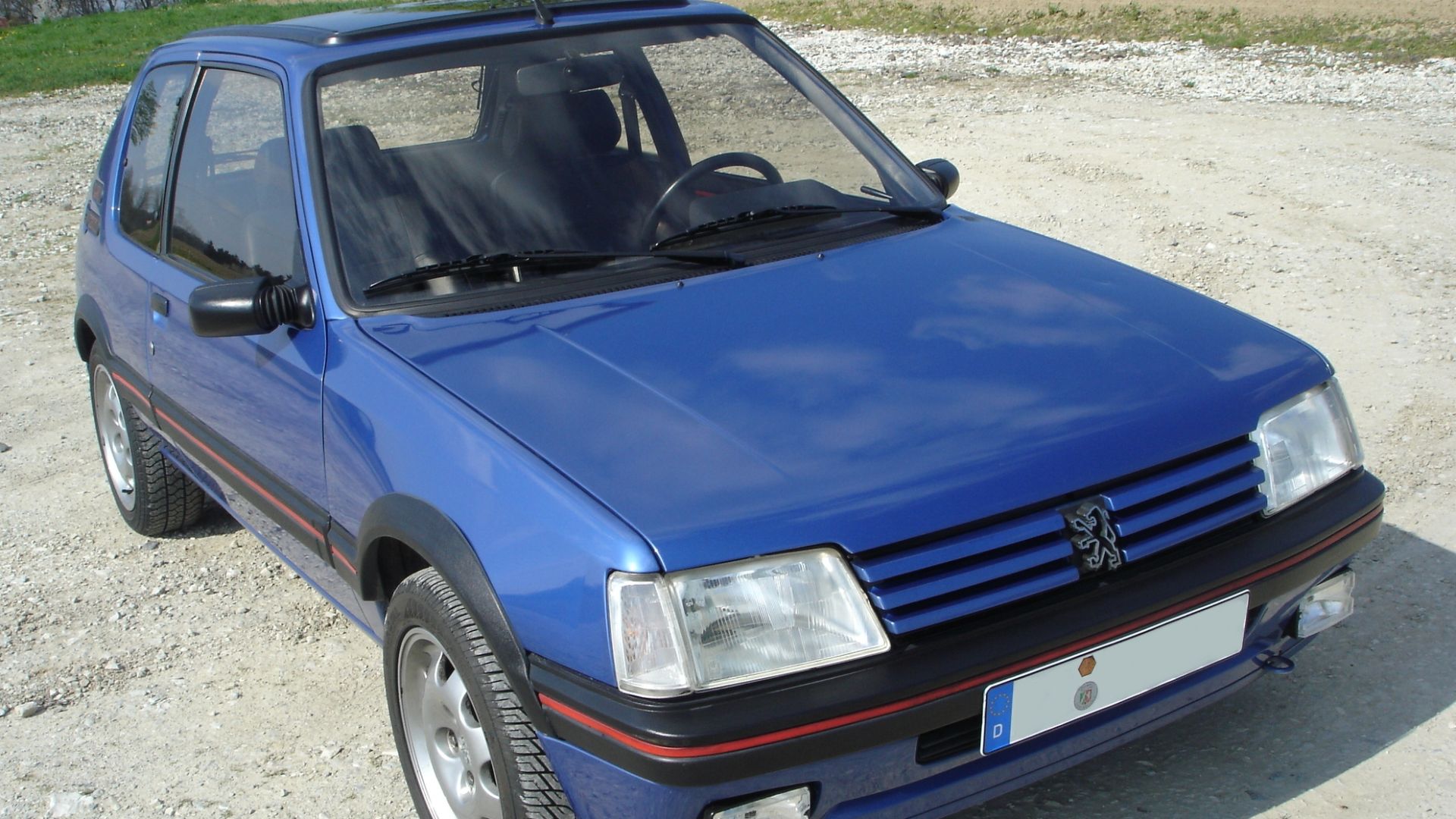 Christoph (CrazyD), Wikimedia Commons
Christoph (CrazyD), Wikimedia Commons
Land Rover Defender (pre-2015)
The rugged Land Rover Defender was long banned from U.S. shores because it lacked airbags and modern safety equipment. Only older models trickled in under exemptions. Ironically, America’s love for SUVs would have made it a hit—yet we had to wait until Land Rover redesigned it for U.S. rules in 2020.
Aston Martin One-77
The ultra-rare Aston Martin One-77 supercar was too limited to be certified in the U.S. Instead, a few got in under the Show or Display exemption, restricting mileage. Abroad, it’s a billionaire’s toy. In America, it’s an outlaw—unless you only drive it sparingly for car shows.
Lamborghini Strosek Diablo
Sometimes even modified cars get banned. The Strosek Diablo, an aftermarket re-imagining of Lamborghini’s classic, failed to meet U.S. standards due to altered lights and crash safety. In Europe, it turned heads. In America, it became a forbidden poster car.
 Lamborghini Diablo SV Strosek | Capristo Exhausts SOUND, WillLillo SuperCars
Lamborghini Diablo SV Strosek | Capristo Exhausts SOUND, WillLillo SuperCars
Conclusion
From tiny kei cars to monstrous supercars, America’s banned-car list says more about regulations than the cars themselves. The 25-year rule is slowly freeing many once-forbidden rides, but for decades, enthusiasts could only dream. Should America loosen up on unique imports—or keep prioritizing safety and emissions over passion? That’s the debate every car nut loves to have.
You Might Also Like:
Boomer Cars Millennials Wouldn't Drive If They Were A Gift
We Ranked The Best-Selling Cars Of All-Time—Do You Own One?
The Worst Electric Pickup Trucks Ever Made, According To Mechanics

